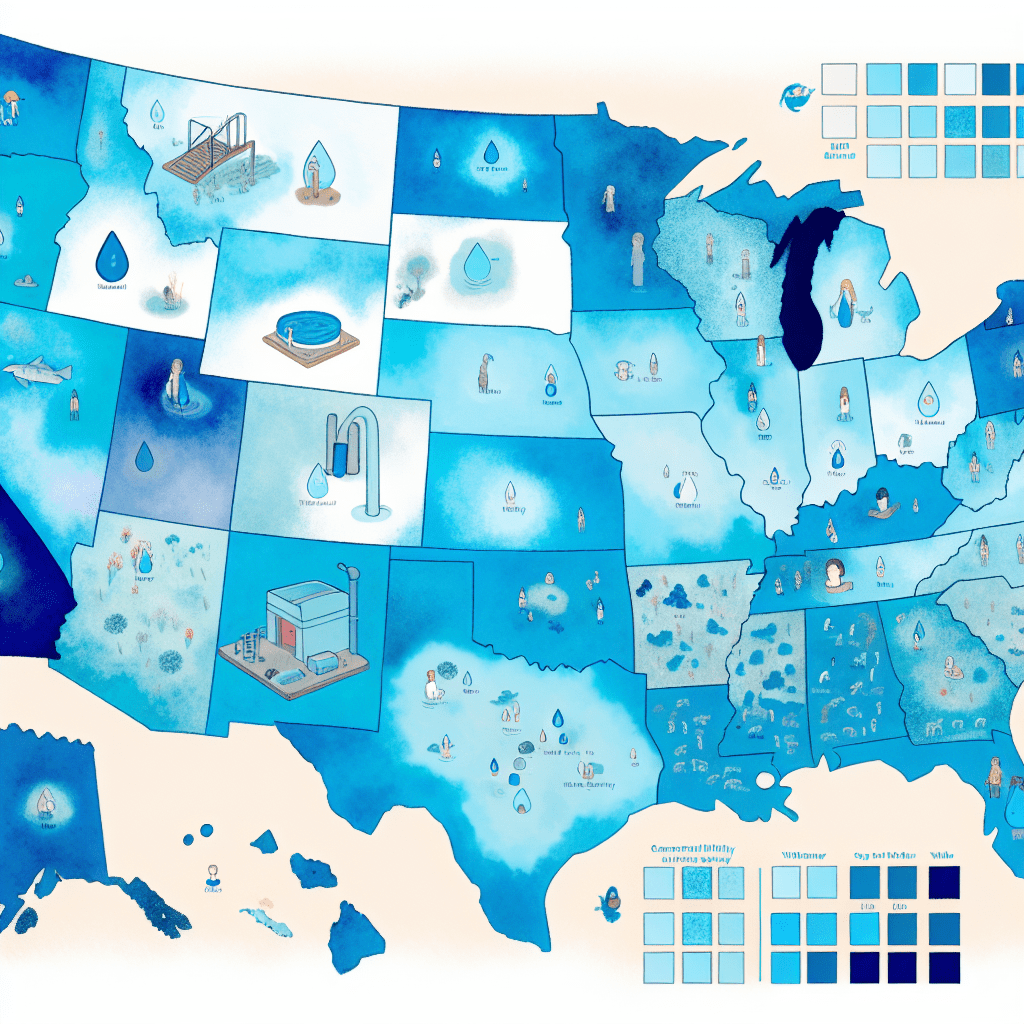”
Water, a basic yet valuable resource, is amid a hidden crisis, especially in countries such as the United States where the balance between water accessibility and water quality is often skewed. This article uncovers the often-overlooked water quality issues in the United States, their root causes, and the strategies for improvement.
In spite of its rich water resources, many regions across the United States face persisting challenges relating to water quality. Issues affecting these challenges range from agricultural runoff, industrial pollution, aging water infrastructure, and increasingly, the effects of climate change.
Agricultural activities contribute significantly to water pollution due to the runoff of fertilizers and animal waste into water bodies. Industrial activities also add to water pollution with leaks and spills of harmful chemicals. Furthermore, the issue of lead in drinking water, resultant of aging infrastructure, poses serious health risks, as evident from the Flint water crisis in Michigan.
The federal and state governments have taken several initiatives to address water quality issues, including enacting the Clean Water Act and creating the Environmental Protection Agency (EPA). However, there is still a long way to go.
Enhancing water quality in the United States necessitates a comprehensive, integrative approach that bridges policy, practice, and education. Strict enforcement of industrial and agricultural regulations, massive infrastructure revamp, along with increased investment in water treatment technologies are urgent steps needed in this direction.
Additionally, public awareness and community involvement play a critical role in upkeeping water quality. Emphasizing education about water conservation, the importance of clean water, and encouraging local community involvement in protecting water resources could accelerate progress in improving water quality.
In conclusion, despite the extensive challenges to water quality in the United States, they are not irreparable. By combining effective legislation, technological innovation, and robust public participation, the U.S. can successfully navigate its way towards ensuring clean and safe water for all.
By FountainGO!

